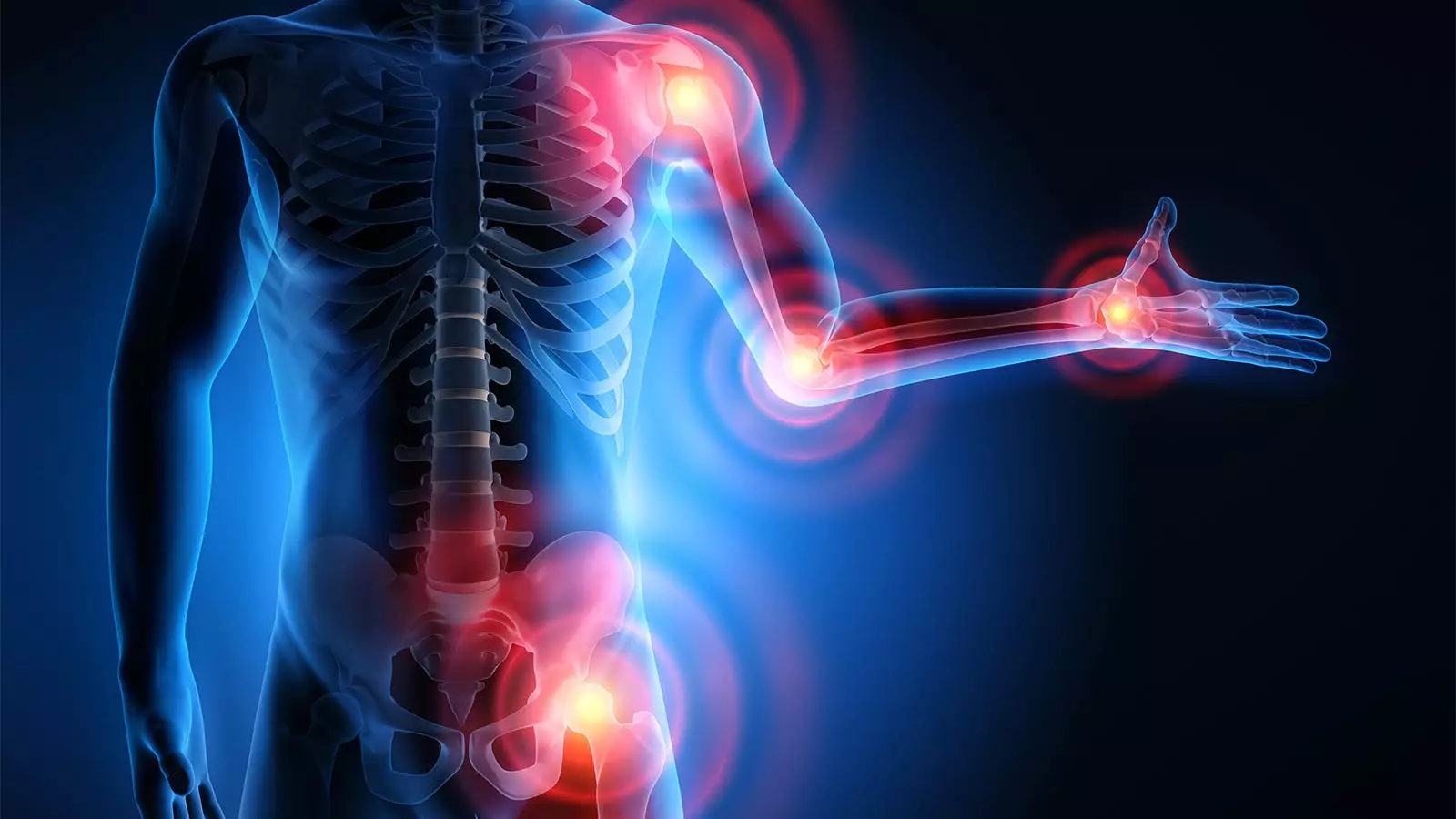Chronic pain has emerged as a significant public health issue in the United States, affecting a staggering number of adults. Recent data from the Centers for Disease Control and Prevention (CDC) has revealed concerning trends regarding the prevalence of chronic pain and its high-impact counterpart, which restricts daily activities. As we delve into this issue, it is important to explore its implications, demographic disparities, and potential causes for this rise.
According to the latest CDC report by Jacqueline Lucas, MPH, and Inderbir Sohi, MSPH, chronic pain now impacts nearly 24.3% of adults in the U.S., a considerable increase from previous years. This translates to one in four adults experiencing pain that persists for three months or longer. Alarmingly, 8.5% of these individuals report high-impact chronic pain, which significantly hampers their daily activities. The 2023 statistics from the National Health Interview Survey (NHIS) highlight a growing health crisis that warrants urgent attention and intervention.
Comparative analysis reveals that the percentage of adults dealing with chronic pain has increased from 20.9% in 2021 and has matched pre-pandemic estimates of approximately 20.4% in 2016. The underlying reasons for this increase remain ambiguous, but demographic shifts, particularly the aging population, may play a critical role.
The demographic analysis of chronic pain reveals notable disparities based on gender, age, and geographic location. Women are significantly more likely to report chronic pain compared to men, with percentages at 25.4% and 23.2%, respectively. When examining high-impact chronic pain specifically, the disparity widens to 9.6% for women versus 7.3% for men.
Age also emerges as a crucial factor; the incidence of chronic pain increases with age, with only 12.3% of individuals under 30 reporting chronic pain, compared to an alarming 36.0% of those aged 65 and older. High-impact chronic pain showcases a similar trend, escalating from 3.0% in younger adults to 13.5% in older adults.
Regional differences further complicate the picture. The data indicates that American Indian and Alaska Native adults experience the highest rates of both chronic pain at 30.7% and high-impact chronic pain at 12.7%. Additionally, geographic location plays a significant role, with chronic pain reported at 20.5% in large urban centers compared to a stark 31.4% in nonmetropolitan areas, demonstrating that rural populations could be disproportionately affected.
Chronic pain is not merely a physical ailment; it carries a heavy emotional and psychological burden. Lucas and Sohi point out that chronic pain is one of the most common reasons adults seek medical care, often linked with diminished quality of life. The ramifications extend beyond pain to encompass increased rates of mental health issues, such as anxiety and depression, as well as risks of opioid misuse.
The persistent nature of chronic pain contributes to a cycle of poor health outcomes that require a more integrated approach to treatment. Given the significant number of adults experiencing chronic pain, healthcare providers must prioritize pain management strategies that address both the physical and psychological dimensions of this condition.
As we reflect on the findings from the 2023 NHIS, it becomes clear that chronic pain has reached epidemic levels in the U.S., demanding immediate action from healthcare professionals, policymakers, and community leaders. Understanding the complexities and widespread impact of chronic pain is vital for developing effective intervention strategies.
This data should act as a catalyst for further research and attention to the growing needs of affected populations, particularly among vulnerable demographics. Increased funding for pain management research, improved access to comprehensive medical care, and a focus on mental health resources are crucial steps in addressing this pressing public health challenge.
Chronic pain’s rising prevalence is a multifaceted public health concern that requires a concerted effort to understand and address. By prioritizing research, education, and advocacy, we can begin to alleviate the burden of chronic pain on millions of Americans.


Leave a Reply